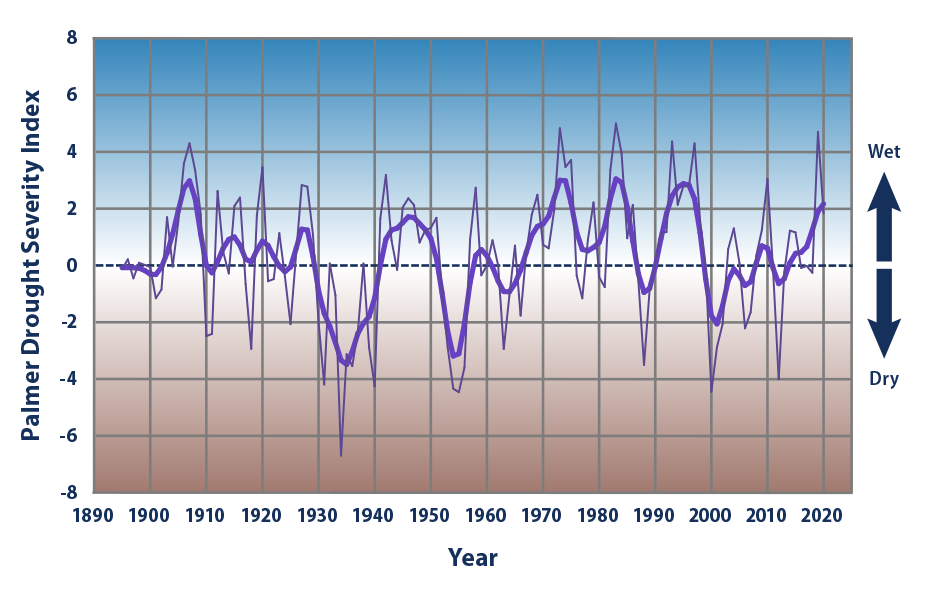|
|
Post by glennkoks on Nov 5, 2021 10:38:07 GMT
Nationwide the winter of 1976 was one of the coldest on record. Turns out 1973-74 and 75-76 were back to back La Nina winters that were considered "strong". So it stands to reason that despite what NOAA says we may be in for a tough season. ggweather.com/enso/oni.htm |
|
|
|
Post by missouriboy on Nov 5, 2021 15:00:36 GMT
Nationwide the winter of 1976 was one of the coldest on record. Turns out 1973-74 and 75-76 were back to back La Nina winters that were considered "strong". So it stands to reason that despite what NOAA says we may be in for a tough season. ggweather.com/enso/oni.htmAnd those were on the backside of a long, singularly low solar cycle. |
|
|
|
Post by Sigurdur on Nov 6, 2021 12:36:17 GMT
|
|
|
|
Post by missouriboy on Nov 6, 2021 14:39:14 GMT
If we wanted to stop (minimize) hurricane damage at the coast. we (the US Government) would stop subsidizing insurance rates for coastal locations. Except perhaps for existing, large, dense, urban areas. Huge insurance rates would take care of most of the problem. Sorry Mr. Phy! Your comments? |
|
|
|
Post by phydeaux2363 on Nov 6, 2021 16:31:05 GMT
If we wanted to stop (minimize) hurricane damage at the coast. we (the US Government) would stop subsidizing insurance rates for coastal locations. Except perhaps for existing, large, dense, urban areas. Huge insurance rates would take care of most of the problem. Sorry Mr. Phy! Your comments? Personally, I agree with you, Mr. Moboy. Most of my neighbors are not so sanguine. The problem is bigger than just the subsidized insurance. Folks on the barrier islands and along the coast build very expensive homes, and then buy FEMA subsidized flood policies with a limit of liability of $250,000. So not only do they subsidize the purchase of their insurance, but then they jump in line for FEMA aid, long term low interest SBA loans and every other kind of government aid to rebuild their million dollar homes and businesses. Not to brag, but I built my house on relatively high ground (15ft. above sea level, 100 yards from the mean sea level line, don't snicker you mountain boys), raised it another 6 feet on steel reinforced concrete piers, and then bought private flood insurance at the full replacement cost value of my house. Yes, it's expensive, but: 1. it's inevitable a storm will extensively damage my house at some point; 2. I don't have to have the "wind versus storm surge" fight that everyone with FEMA flood policies has, 3. I hope I'll get paid much more quickly and, 4. I don't have to deal with government a-holes for months and years afterword. One downside is the possibility my carrier and its reinsurers go under after a Katrina type event. That would hurt, but I've yet to see the perfect plan. An interesting note. My mortgage company makes me buy FEMA flood insurance even though I have the private coverage. It's pretty cheap, and I can use it as excess if construction costs go through the roof, as they always do after a storm. Now, all that said, I don't think there is any way our society stops building on the Gulf and Atlantic Coasts. Folks want to be near the water. I agree they should pay for the privilege though, and I guess property values would be reduced if everyone had to pay full freight for their insurance. |
|
|
|
Post by acidohm on Nov 8, 2021 17:41:39 GMT
So the Alpine glaciers have melted so much they've revealed WW1 fortifications!
Definitely a melting emergency.
|
|
|
|
Post by missouriboy on Nov 8, 2021 19:36:41 GMT
So the Alpine glaciers have melted so much they've revealed WW1 fortifications! Definitely a melting emergency. So ... assuming that those troops did not dig down through the glacier to get to the rock outcrops which they excavated ... the glaciers must have advanced after the war and are now melting again. So obvious we are in deep trouble.  |
|
|
|
Post by nonentropic on Nov 8, 2021 20:36:41 GMT
Yes there were two interesting points missing or missed.
they talked 100 years and 50 years.
what were the conditions at time of digging re glacier and ground and secondly there is less ice now than 50 years ago, 1970, I have got that, but 1920 was lower ice or higher ice?
within this is a propaganda play me thinks!
|
|
|
|
Post by acidohm on Nov 8, 2021 22:14:08 GMT
Yes there were two interesting points missing or missed. they talked 100 years and 50 years. what were the conditions at time of digging re glacier and ground and secondly there is less ice now than 50 years ago, 1970, I have got that, but 1920 was lower ice or higher ice? within this is a propaganda play me thinks! Yes they refer to the glacier 50 years ago being larger then now frequently. I assume they assume it can't have been smaller prior, but I'd love to see what it looked like at the time the bunker was dug, I mean there's ice in the bunker!!! I can see how water entering a void will freeze, but how did they dig it??? |
|
|
|
Post by youngjasper on Nov 9, 2021 19:43:58 GMT
|
|
|
|
Post by missouriboy on Nov 9, 2021 20:16:49 GMT
|
|
|
|
Post by ratty on Nov 10, 2021 1:37:12 GMT
Here's an up-to-date graph (https://www.epa.gov/climate-indicators/climate-change-indicators-drought):  |
|
|
|
Post by Sigurdur on Nov 13, 2021 14:30:01 GMT
|
|
|
|
Post by blustnmtn on Dec 12, 2021 13:24:18 GMT
|
|
|
|
Post by blustnmtn on Dec 13, 2021 17:12:37 GMT
|
|